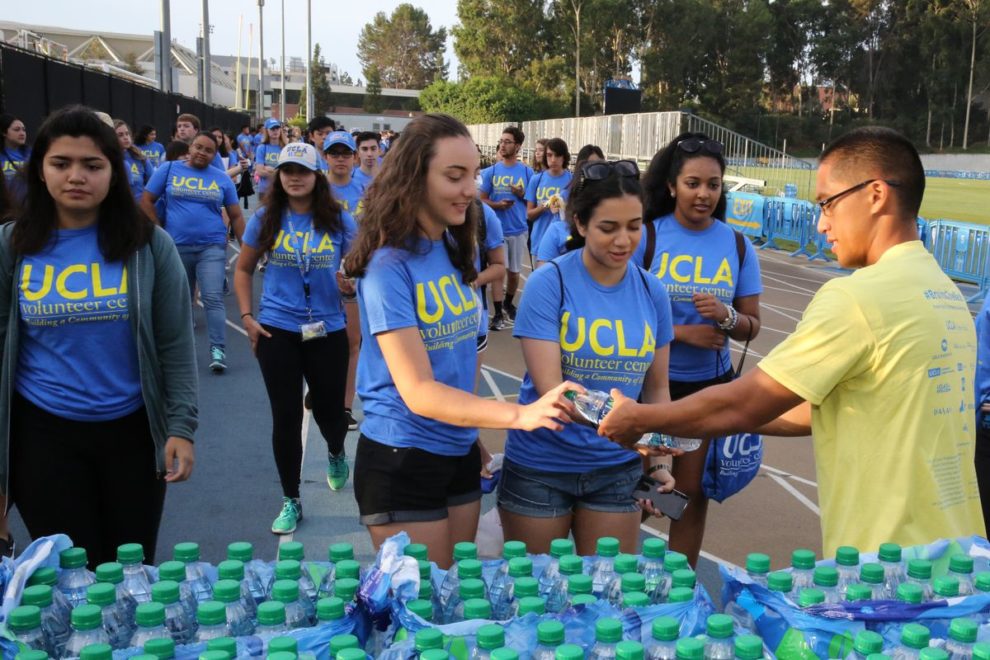As the U.S. and the rest of the world prepare to contain the coronavirus pandemic of 2020, many U.S. colleges and universities have started to move their on-campus classes to an online setting for the next few months.
But this urgent movement will require extra assistance and effort for many underrepresented college students whose learning has mostly depended on daily, in-person interactions with fellow students, faculty, and staff on campus.
This process will require not just a great amount of preparation time for instructors, but also for students, including staff that will be dealing with a host of technical and learning issues during the transition time.
It is especially the case that Latino students are usually the first one in their family to go to college. As they arrive in college, they are more dependent on others to learn the so-called “college survival skills.” Taking away the social network that exists on campus for many Latinos will require staff and faculty at colleges and universities to think about innovative ways in an online setting to reach out to these students.
But this urgency should not be a reason to panic or fear as schools and universities have been using some sort of online learning management system (commonly known as LMS) for years. Students at most colleges and universities are used to dealing with the intricacies of an online class setting, and for this reason, the pressing issue for many students will be enduring without the external infrastructure that they are used to.
But there is hope that this process will transition well. As previously mentioned, colleges and universities have been using an LMS for years. In addition, there are a wealth of resources and companies that work with schools in providing services remotely to students such as advising and tutoring services.
Distance learning has been around for centuries in the form of “correspondence” learning, in which the student is involved in self-learning and submitting examinations or assignments through the mail. In fact, this form of education gained licensure and government approval status in many parts of the world during the twentieth century.
In the 1980s, correspondence schooling expanded its communication methods with the use of telephone, fax, and computer floppy disks. With the start of the internet, online distance learning began to surface.
It was in 1989 when the University of Phoenix was the first university that began to offer college degrees, including bachelor’s and master’s programs, that could be completed online. As such, online distance learning took the shape of self-learning coupled with live interactions with classmates and instructors via an LMS.
After that, a whole industry emerged like online textbook publishers by providing online textbooks and supplementary online programs that offer learners interactive ways in learning. Also overtime, new companies have surfaced that are geared toward providing online tutoring services to learners in every subject like math and chemistry.
Currently, accrediting and state licensing agencies that approve colleges and universities, including the U.S. Department of Education, have put in place standards and policies for distance education. This isn’t just for online classes, but also for the delivery of student services via an online setting.
It will be challenging for the next few months as many colleges and universities move all of their on-campus classes to an online setting. However, higher education has around 30 years of experience in this capacity.
Underrepresented students, such as Latino and other minority students, will face the hardest hurdle during this time of crisis as there are many other pressing issues they would need to deal with as schools send them home in the next few weeks. These issues include things such as housing, moving expenses, internet and study space availability, and a shift of their on-campus social network.
Providing the same student services in a purely online setting, including the social aspect that takes place with student clubs, can also still take place with the use of private, public, formal, or informal student groups on social media or university-based sites.












